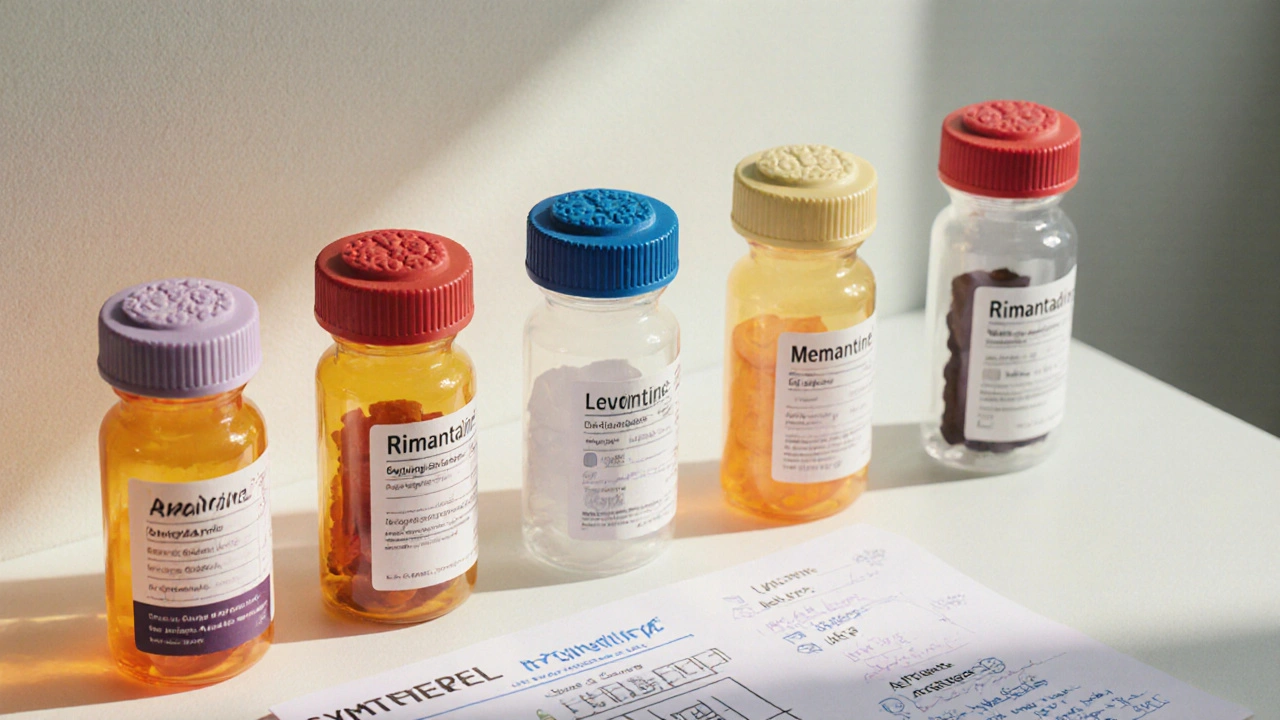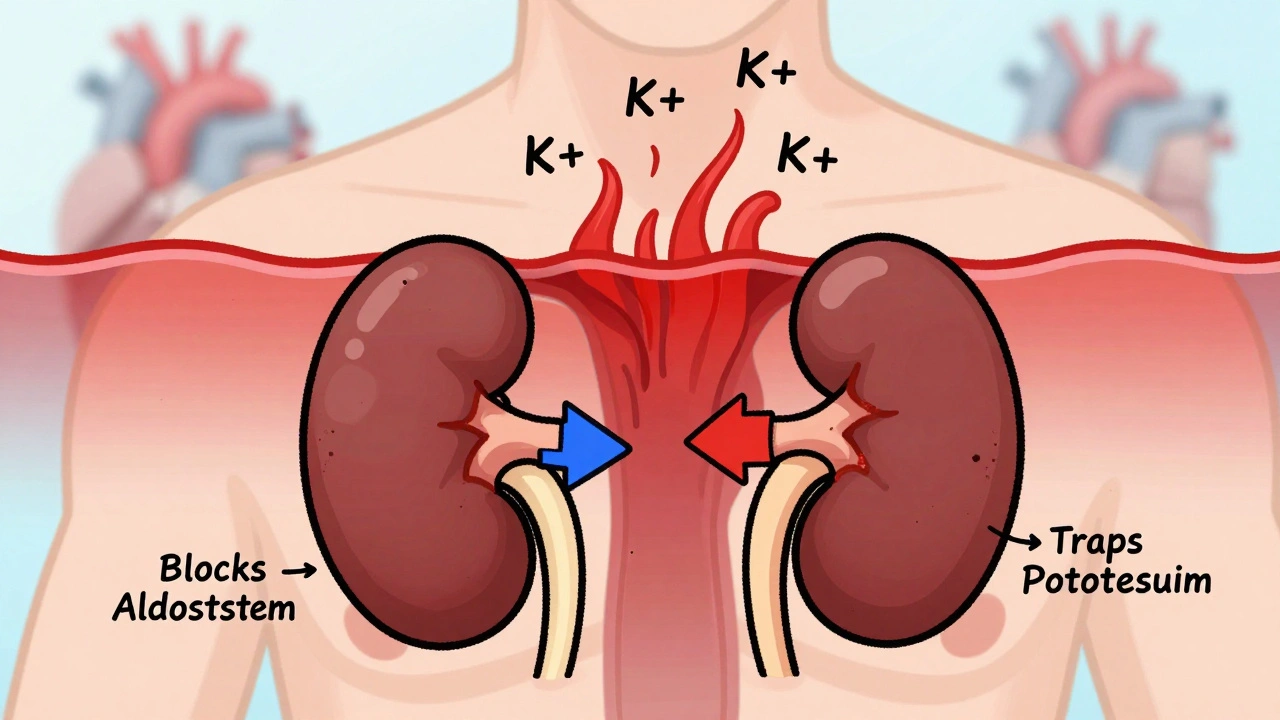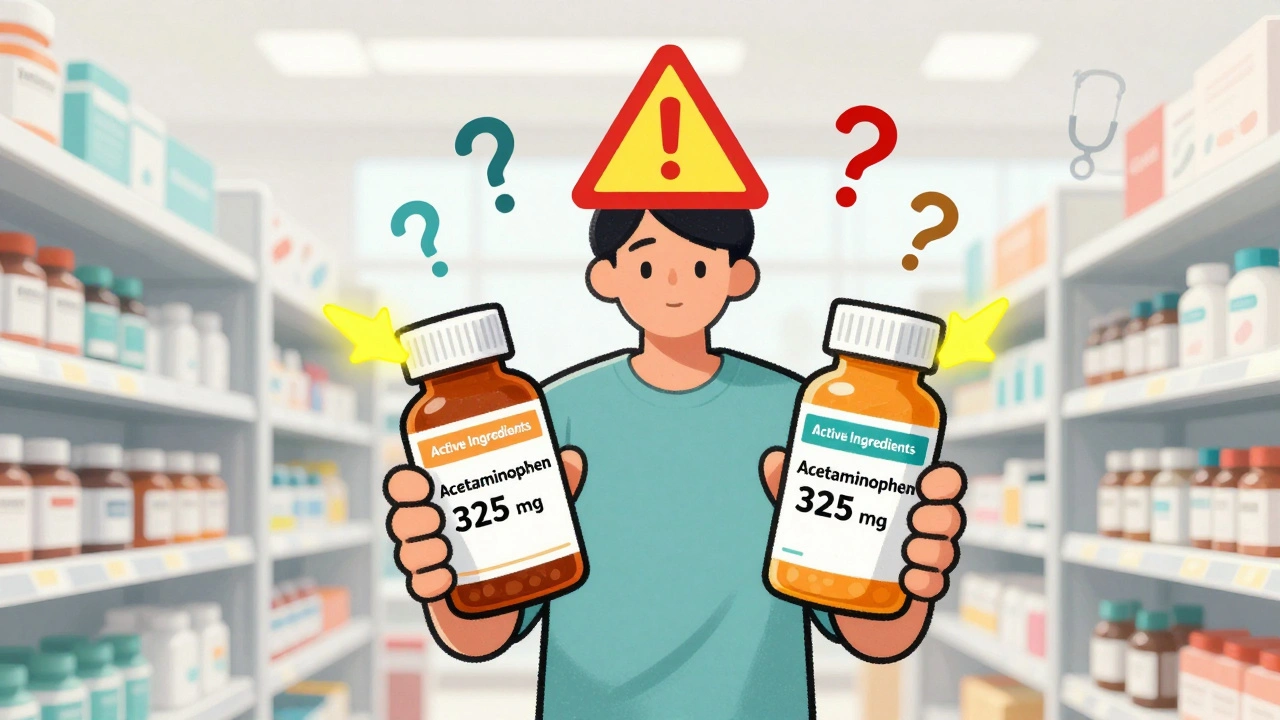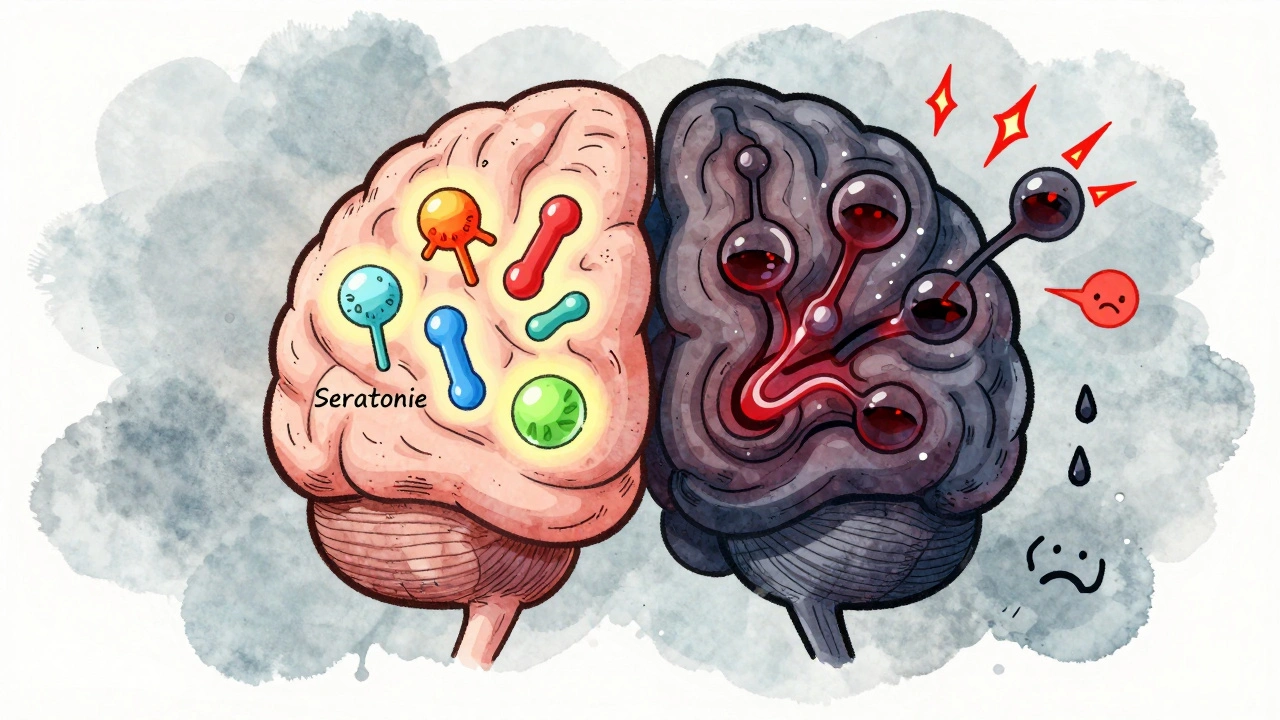Parkinson's Drug Alternatives: A Practical Guide
When working with Parkinson's drug alternatives, medication and therapy choices that can replace or complement standard Parkinson’s treatments. Also known as alternative Parkinson’s treatments, they help control motor symptoms while aiming to cut down on side effects or address specific health concerns.
One of the most common starting points is Levodopa, the gold‑standard drug that boosts brain dopamine. While highly effective, many patients hit nausea, dyskinesia, or wearing‑off problems after years of use. That’s why clinicians often consider dopamine agonists such as pramipexole or ropinirole. These agents bind directly to dopamine receptors, offering smoother symptom control and allowing lower Levodopa doses.
Another class worth scanning is MAO‑B inhibitors like selegiline or rasagiline. They block the enzyme that breaks down dopamine, extending its action without adding more drug to the system. For patients who experience motor fluctuations, COMT inhibitors such as entacapone can be paired with Levodopa to curb the rapid drop‑off after each dose. Each of these alternatives brings its own safety profile, dosing schedule, and cost considerations.
Key Factors to Consider When Switching
Choosing an alternative requires weighing three core attributes: efficacy, side‑effect burden, and individual health context. Efficacy is measured by the ability to reduce tremor, rigidity, and bradykinesia. Side effects range from insomnia and hallucinations (common with dopamine agonists) to hypertension or liver concerns (possible with some MAO‑B inhibitors). Your age, comorbid conditions, and lifestyle—like whether you drive at night—can tip the balance toward one option over another.
Insurance coverage and price also shape the decision. Generic dopamine agonists often cost less than brand‑name formulations, while MAO‑B inhibitors may be listed as specialty drugs in some plans. If cost is a barrier, ask your pharmacist about patient‑assistance programs or bulk‑purchase discounts. Remember, the cheapest option isn’t always the safest if it leads to more doctor visits or hospital stays later.
Beyond pills, non‑pharmacologic therapies count as genuine alternatives. Exercise regimens—especially tai‑chi, resistance training, and dance—have been shown to improve gait and balance. Nutritional tweaks, like increasing antioxidant‑rich foods, may support neuronal health. In some cases, deep‑brain stimulation or focused ultrasound can replace medication altogether for severe, medication‑resistant symptoms.
If you’re hunting for reliable Parkinson's drug alternatives, you’ve come to the right place. Below you’ll find a curated mix of articles that break down each option, compare safety data, and share real‑world tips on switching without a roller‑coaster of symptoms.
Read on to see how each alternative stacks up, discover practical dosing tricks, and get answers to the most common questions patients ask before they make a change. The collection below will give you the facts you need to have an informed conversation with your neurologist and to choose the path that fits your life best.

Symmetrel (Amantadine) vs Alternatives: Pros, Cons & Best Uses
Compare Symmetrel (amantadine) with popular alternatives, examining efficacy, side‑effects, dosing, cost, and best use cases for Parkinson's and flu treatment.





